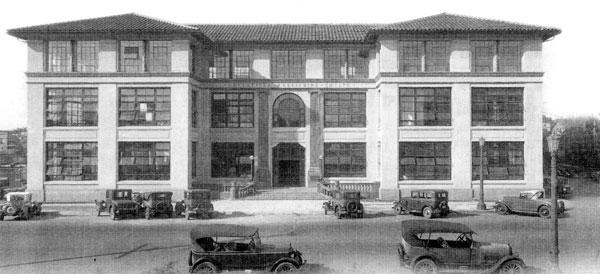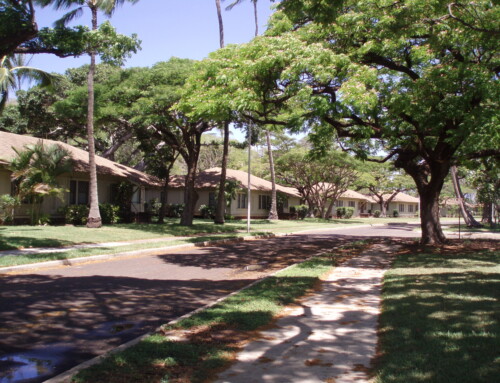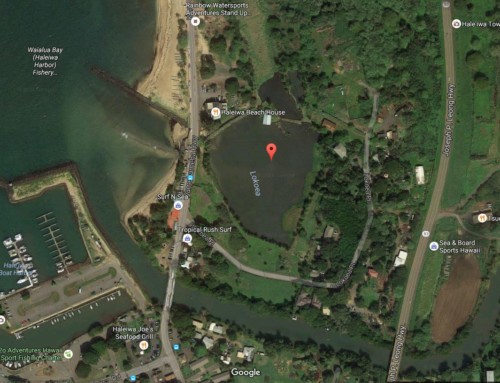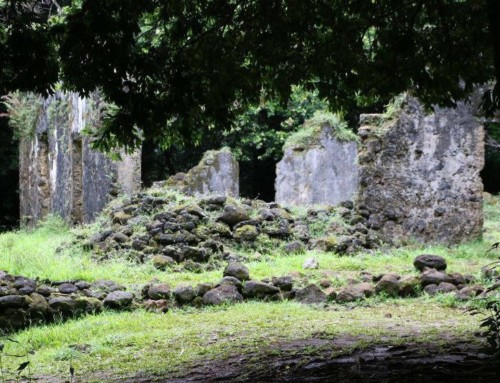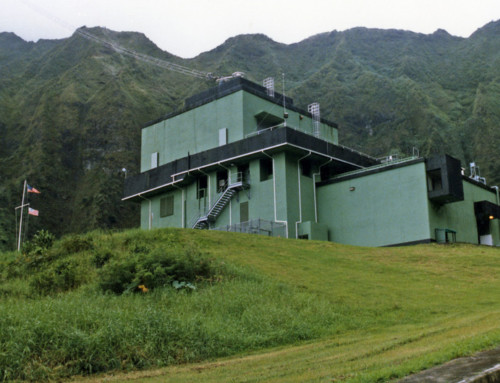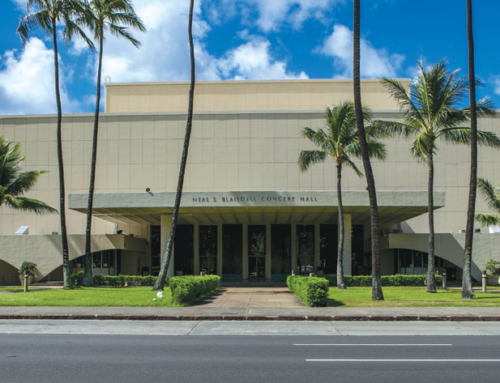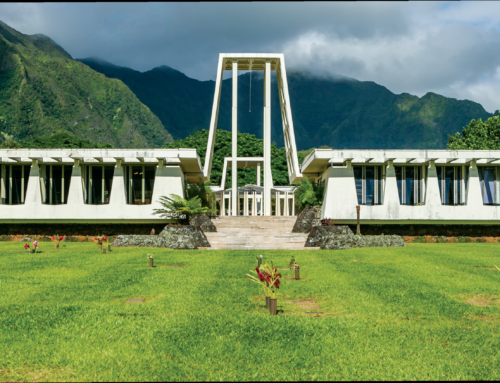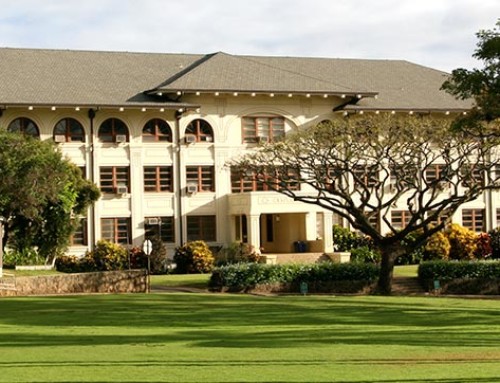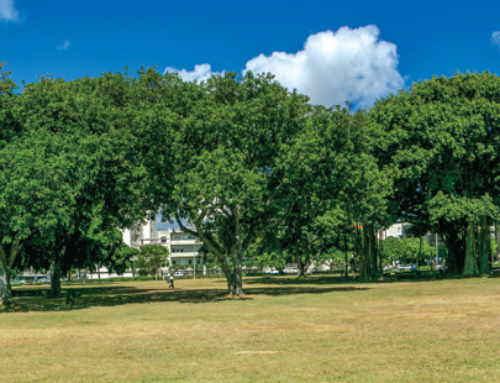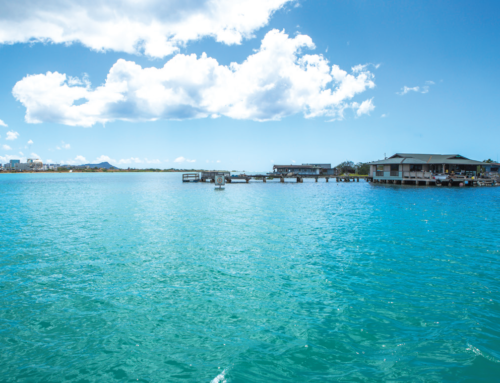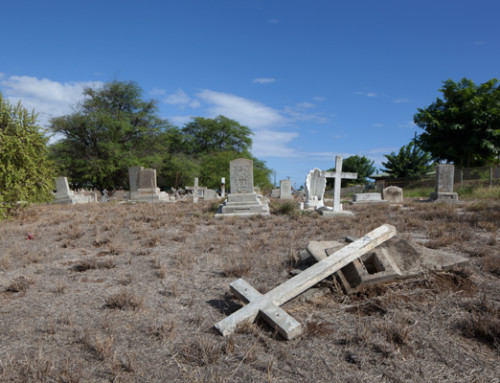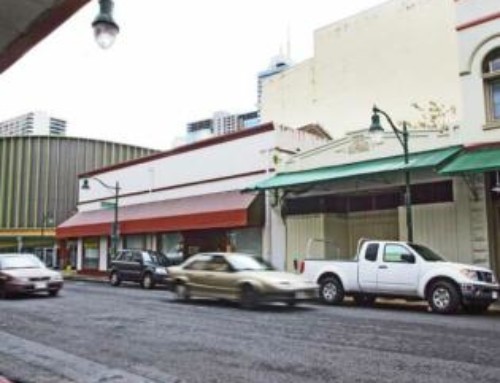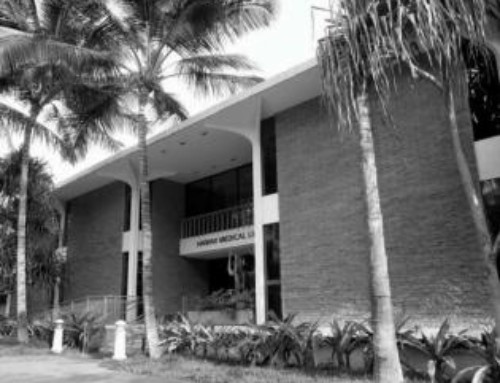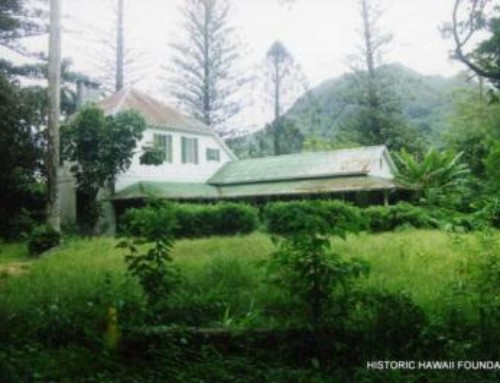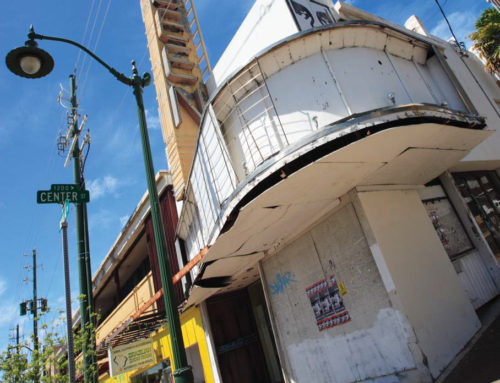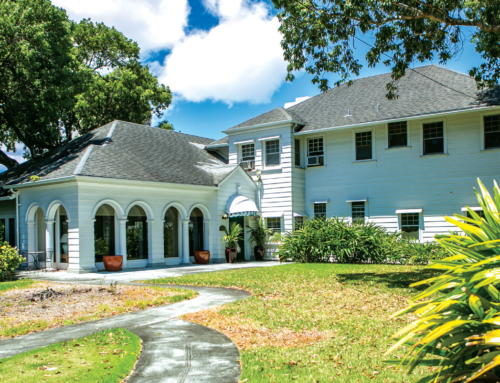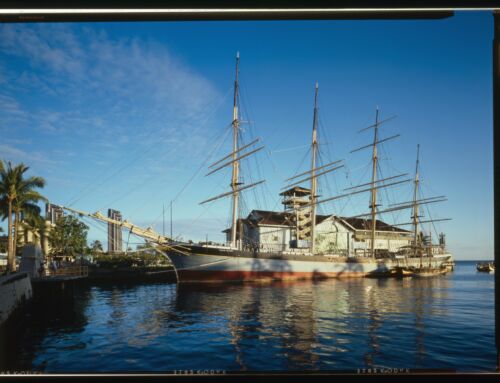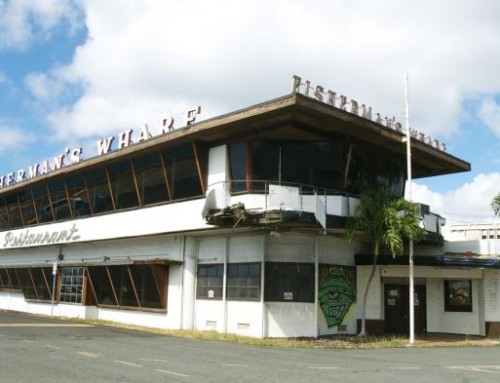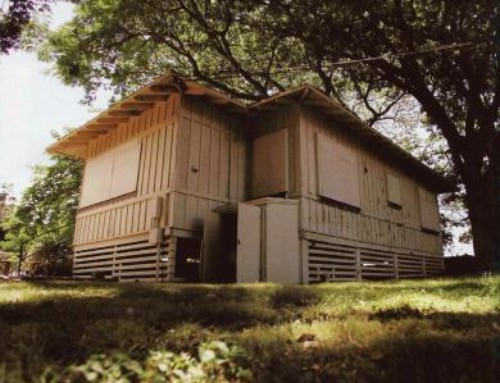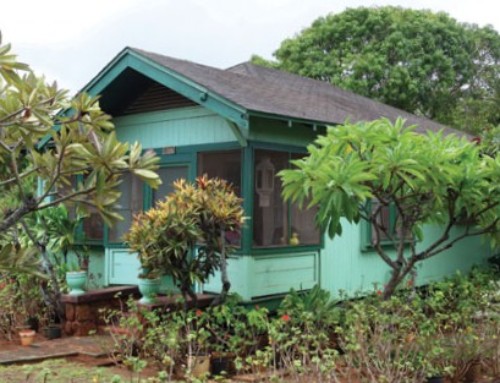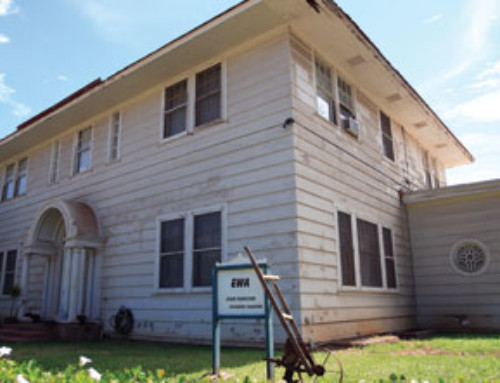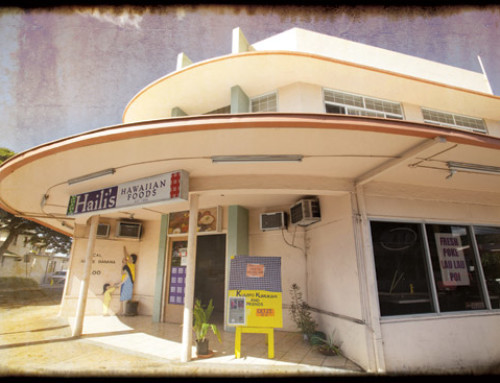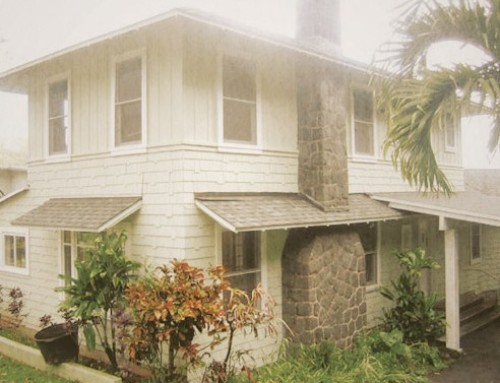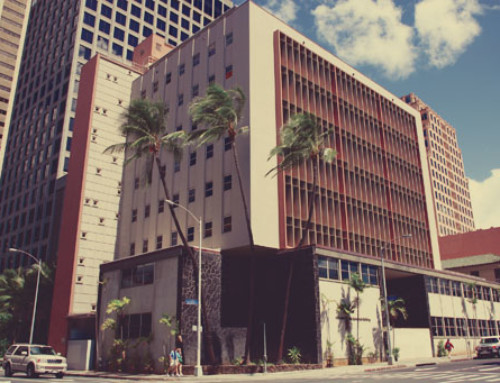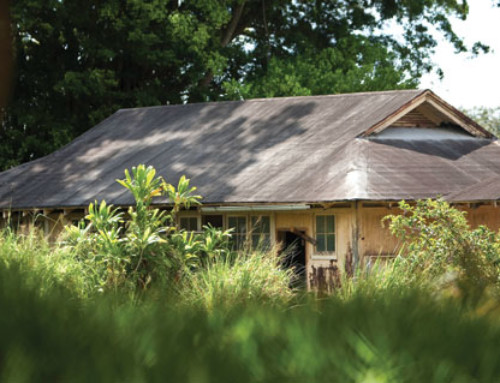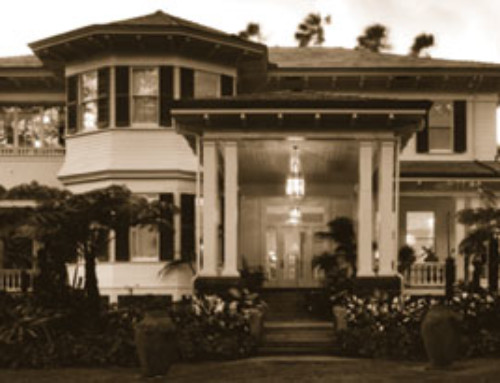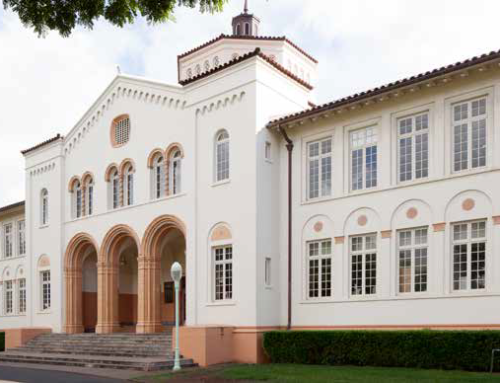UPDATE: 2013
Articel Written By: Victoria Wiseman, HONOLULU Magazine
It’s mixed news for the old Honolulu Advertiser building. A year ago, the 1929 Beaux Arts-style structure was purchased by Honolulu- based developer Downtown Capital and is now being converted into workforce housing. The back portion, where the printing press and warehouse were located, has already been torn down and converted into a high-rise.
The old editorial office building is on the block for phase two of the project. The builder will retain the historically significant features of the news building, which include the front façade facing Kapi‘olani Boulevard as well as the lobby and the stairway, but the rest will be demolished and replaced with a 46 story tower and parking structure.
Although some history will be saved, it’s not much of a win for preservation. “The entire building tells the entire story. When you start only saving the front façade, you’re ignoring the whole story,” says Faulkner.
UPDATE: 2012
According to the Star-Advertiser, the Hawaii Five-O TV series uses the site for offices and filming. A local affordable housing developer has arranged to buy the former Honolulu Advertiser building in Kakaako, and envisions building two towers of affordable condominiums on the site while preserving the historic News Building. The plan by Marshall Hung and partner Tradewind Capital Group Inc. is the latest in a string of development efforts for the property.
LISTED AS ENDANGERED IN 2010
Article Written By: Jenny Quill, HONOLULU Magazine
What is it?
The Honolulu Advertiser, Hawai‘i’s oldest continuously published newspaper until this year, when it merged with The Honolulu Star-Bulletin, moved to 605 Kapi‘olani Blvd. in 1930. Architects Walter Emory and Marshall Webb designed the three-story, Beaux Arts-style building, which was home to the newspaper’s news, advertising and administrative offices. On both the National and State Registers of Historic Places, the building’s design includes such striking details as a Spanish-tile hipped roof, large, divided-light awning windows, twin roof towers and terracotta detailing.
What threatens it?
In 2005, The Advertiser’s owner, Gannett Pacific Corp., put the aging building up for sale. Then-publisher Mike Fisch was quoted in a March 2005 Pacific Business News article as saying that the company was “exploring options for redevelopment” of the nearly 78,400-square-foot building and adjoining 2 acres.
A buyer, however, did not materialize until this year. In September, Joseph Haas, the senior managing director at CB Richard Ellis, which had the property listing, confirmed that the property was under contract, but would not disclose any information until it was a done deal. As of press time, details had still not been made available.
With the impending sale, there is concern that the new buyer might not have the building’s best interests at heart. “The threat is the unknown nature and parameters of any adaptive reuse and/ or adjacent construction,” says HHF’s Faulkner. “Such an important building and part of Honolulu’s history should have more than the assurances of the real estate agent to rely on.”
The assurances to which Faulkner refers came from Haas, who could not confirm the buyer’s intended plans for the site, but insisted that there was no need to worry. “Everyone we’ve spoken to that I’m aware of has plans to keep the building,” says Haas. “It’s a nice building, it functions, and it works. I’m not personally involved
What can be done?
The building’s historic status restricts the type of alterations that can be made to its interior or exterior. However, as Haas mentioned, it’s likely that the new owner will develop the acreage around the building, which could impact the integrity of the building’s location, setting and feeling. For her part, Faulkner would like to see the new owner complete “a sensitive rehabilitation of the main building and compatible new construction on the rest of the site.”


